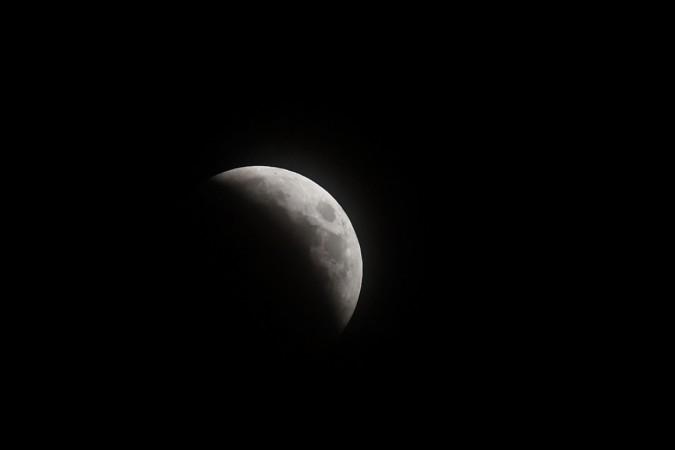
As we know, the United States is planning to send the humans back to the moon for quite some time now. Now, NASA Administrator Jim Bridenstine has informed that a future moon mission will not require an astronomical amount of money like what was needed for the Apollo program.
During the mid-1960s, when the Apollo program was at its peak, the American space agency had spent around 4.5% of the total federal budget. It was only after spending this exorbitant amount of money NASA could fulfill President John F. Kennedy's famous 1961 promise, which stated that astronomers will reach the moon and also return back to their homes safely and all these will happen before the end of that decade.
Now, the budget of NASA is around 0.5% of the federal budget. This amount of money should be enough to get a team of astronauts to the moon and back to Earth within the next 10 years, Bridenstine told the reporters at the Ames Research Center of NASA.
According to him, the important thing is to continue to get the modest but significant financial bumps; for example, Congress has allocated more than $20.7 billion to NASA in the 2018 omnibus spending bill, which is around $1.1 billion more than what was allocated to the agency in the previous year.
"We now have more space agencies on the surface of the planet than we've ever had before. And even countries that don't have a space agency — they have space activities, and they want to partner with us on our return to the moon. And, at the same time, we have a robust commercial marketplace of people that can provide us access that historically didn't exist. So, between our international and commercial partners and our increased budget, I think we're going to be in good shape to accomplish the objectives of Space Policy Directive 1," Bridenstine said while answering a question from Space.com.

















